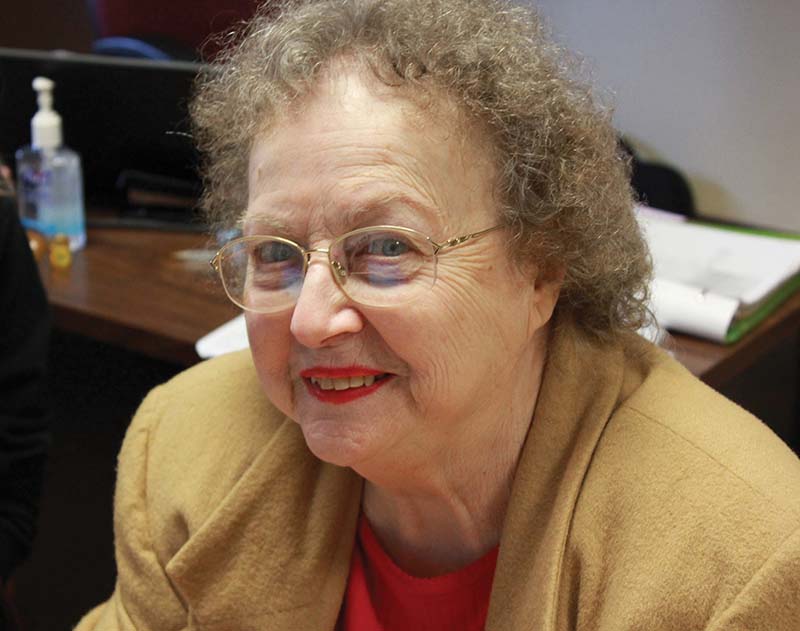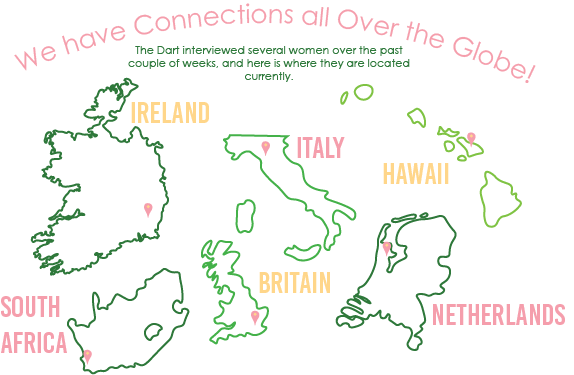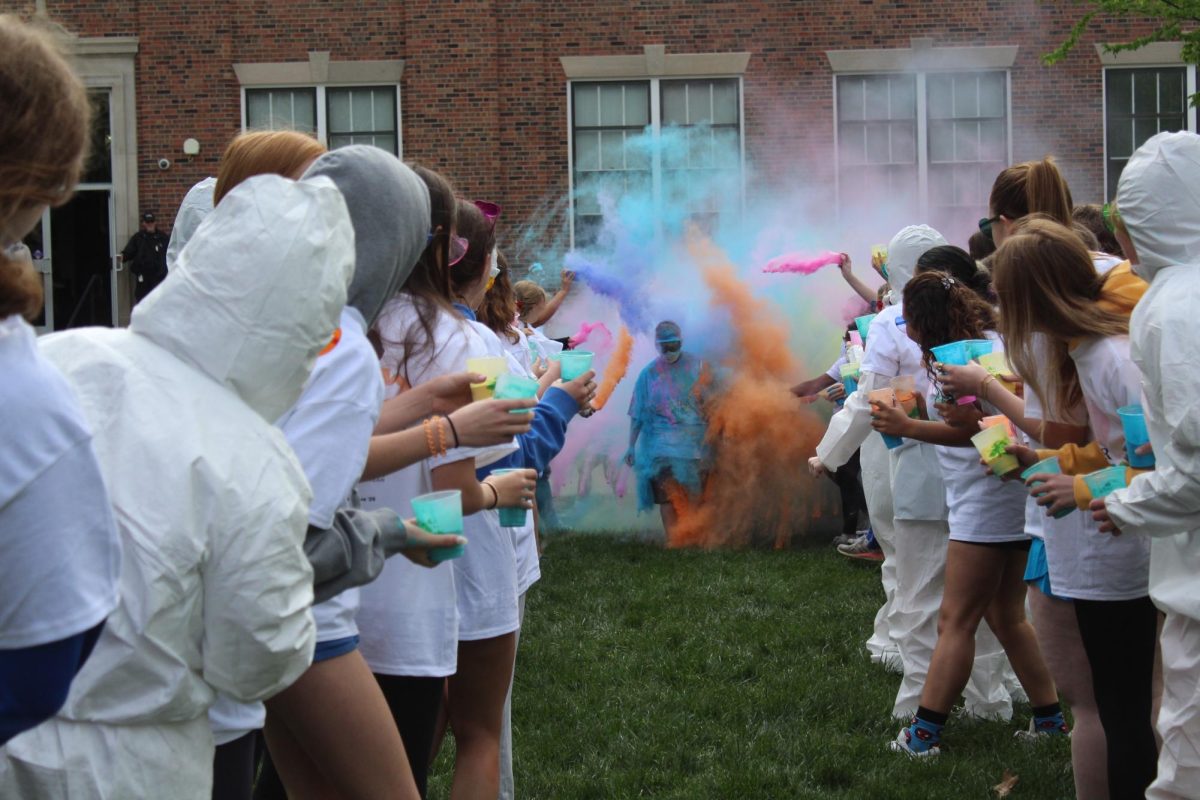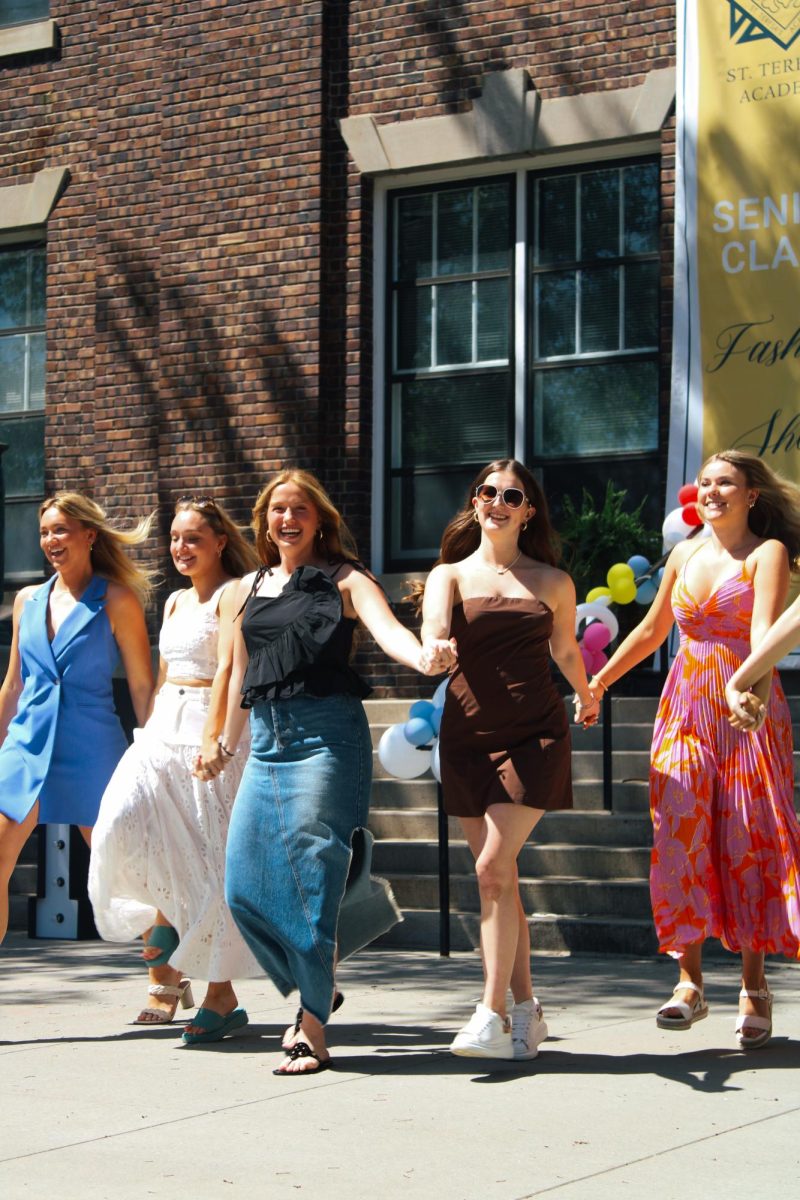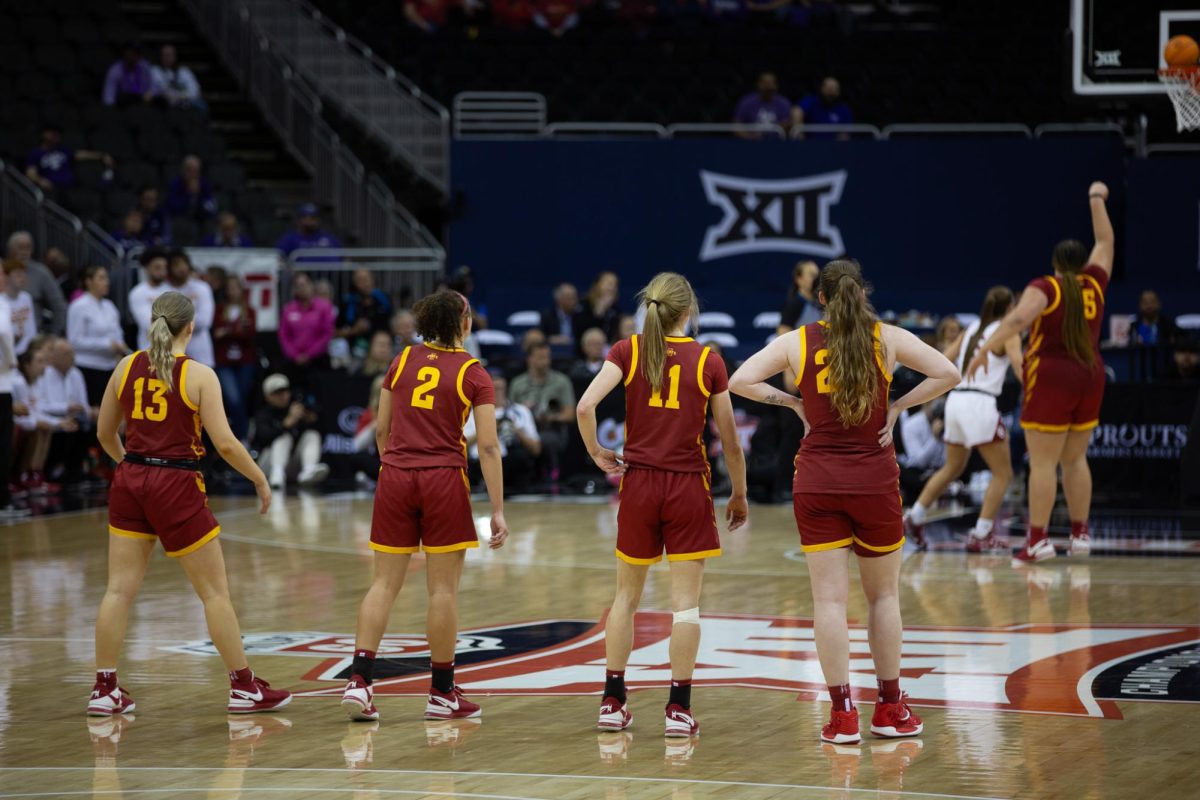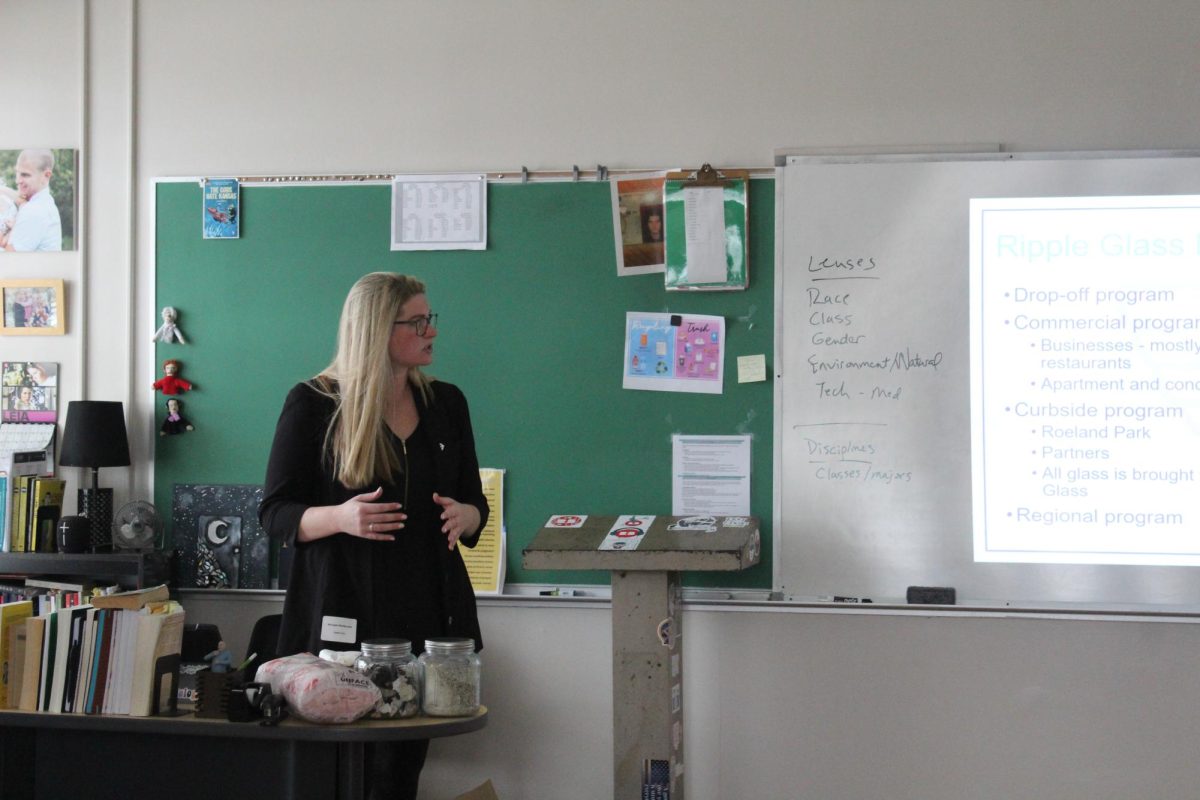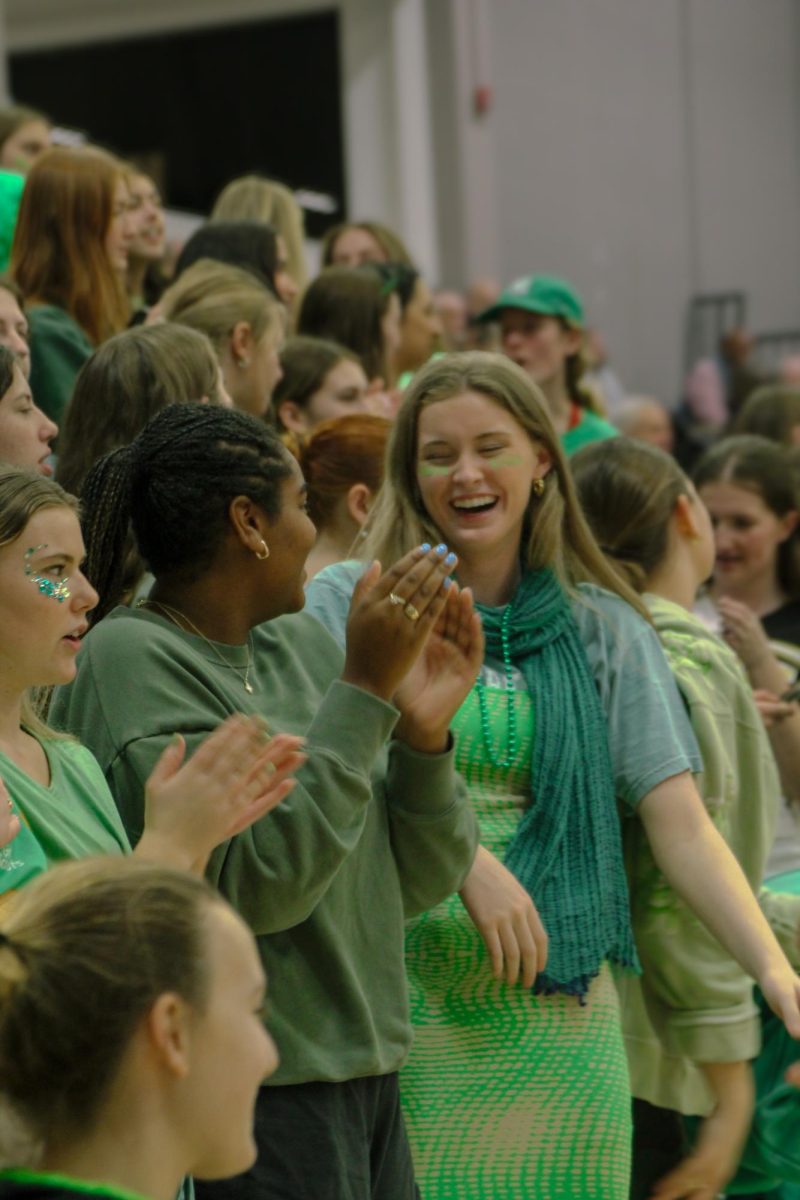story by Katie Parkinson, photos by Adrianna Ohmes
Write. Photograph. Rewrite. Edit. Tone. Caption. Create. Place. Rearrange.
The process of producing a newspaper is complex. Writers, photographers, page designers, graphic artists and editors all have to communicate and work together. This is made a thousand times easier by the technology that many take for granted. Staffers of the Dart can message each other on Moodle, share stories and feedback on Google Drive, design pages on Mac computers and tone their photos on Adobe Premier.
But how would a paper run without modern technology?
In 1947, the Dart staff of 14 seniors spent countless hours producing an eight page paper every month – without any digital cameras, computers, photo-editing software or audio recorders at their disposal.

The Dart talked with Ms. Regina Howard, editor-in-chief in 1947, about the differences of producing a paper then and now.
Equipment and technology
“I think we used an awful lot of glue, rubber cement and scissors,” Howard said. “Very basic things. Very basic.”
According to Howard, in 1947 most of the technical work on a newspaper was done at a printer’s, so the only tools the staff used were simple ones such as manual and electric typewriters, pens for drawing and non-digital cameras.
Today, Dart staffers use Mac desktops, laptops, netbooks, digital cameras, video recorders, audio equipment and a variety of software to help create the paper.
“I just think that if we were to try the same type of stories now, with the technology that you have, I think I’d really appreciate that,” Howard said.
Writing
Although the actual techniques of writing and reporting have not changed, the execution has.
“Oh my goodness,” Howard said. “It probably took at least a half hour [to type] each article. Some of the girls didn’t know how to type, so we’d have to type their articles for them. If something got typed incorrectly, we had to redo it before we sent it to the printer.”
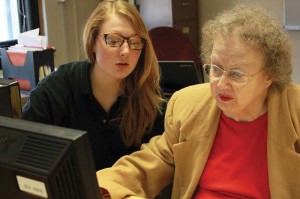
Because it was so hard to make last minute changes to text, everything was proofed four or five times in advance of sending it to the printer.
Currently, each story in the Dart is edited about five times before publication, according to managing editor of stories Natalie Fitts.
The majority of this happens in Google Drive.
“The fact that other people can view [your story] and add comments and edit it helps the writing process and makes a stronger story,” standing features editor Madeline Best said.
Photography and art
One thing that has changed throughout the years is the significance of photography and graphics to readers.
“I think [technology] is very interesting – the way we rely more on photography and are visually focused,” Howard said. “[Readers today] have a much higher command of visual elements. The printed word is very important, but so are the visuals.”
When Howard was on staff at STA, visuals were less prevalent and more complex to make.
According to Howard, both photos and artwork had to be engraved and transferred to a wood block, which was then put onto paper by a printer.
Photographers today load their pictures on Adobe Bridge CS6, a computer program that allows them to look at and organize their photos however they want. Then these photos are opened in Adobe Photoshop CS6 where they are cropped and toned appropriately.
“If I were to have taken a bad photo I can easily fix it up in Photoshop,” videographer Caroline Fiss said. “For instance, if it has bad exposure, you can brighten it up and tone it. I can’t even imagine what it would be like to be doing what [the Dart staff] did in 1947.”
Designing pages
Perhaps one of the most dramatic changes from 1947 to now is the way in which page layout and designs are created.
Back then, individual photos, stories and art were sent to a linotype printer, the industry standard for newspapers and magazines at that time. According to Howard, these printers were “as tall as the ceiling.”
Then the articles would be placed in a galley, a metal tray the same length as the paper. Metal type would be placed in this tray, and a paper would be placed on top of this. A roller would go over it and long sheets of content were produced.
“We called these proofs,” Howard said. “Galley proofs, which is where the term proofreading came from.”
Once they were satisfied with the style of an article, they would cut out the content and glue it to a page the same size as the newspaper, laying it out how they wanted it to look.
“Then once we had it pretty well arranged, we’d work on headlines,” Howard said.
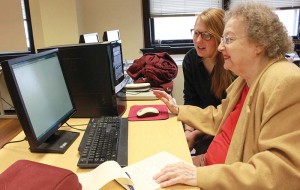
According to Howard, this is called a physical setup.
In contrast, today, this whole process is condensed into one simple step. Page designers work with Adobe InDesign CS6, which allows them to rearrange items, create effects and save progress with great flexibility.
“Nowadays we have so much control, where back then it was a gamble on whether your spreads would turn out the way you wanted them,” blogs editor Libby Hyde said.
Publishing
Once everything was on the page correctly, Howard would send the paper to the printers one final time for publishing.
“I think [my favorite part] was when we’d have it all complete, and we’d pick it up at the printer’s and bring it and distribute it to the students,” Regina said. “You had to go out to a professional printer, so that was an adventure too.”
While today the adventure is not physical (pages are now exported to the printer’s as PDFs) the feeling of satisfaction remains.
“It’s fun to get to see the product of all of our hard work,” Fitts said. “We put a month’s worth of work into one issue, and it’s nice to be able to see it and hold it and look at it other than on a computer screen.”
Still the same
Despite all the changes in technology over the years, some things about journalism remain constant.
Howard’s advice to young journalists today?
“Keep up on developments,” she said. “Keep aware of any improvements in communication, because that’s what we’re working on, and always be cautious of what you say and write. Check your facts because the printed word is so permanent. It’s always there.”



